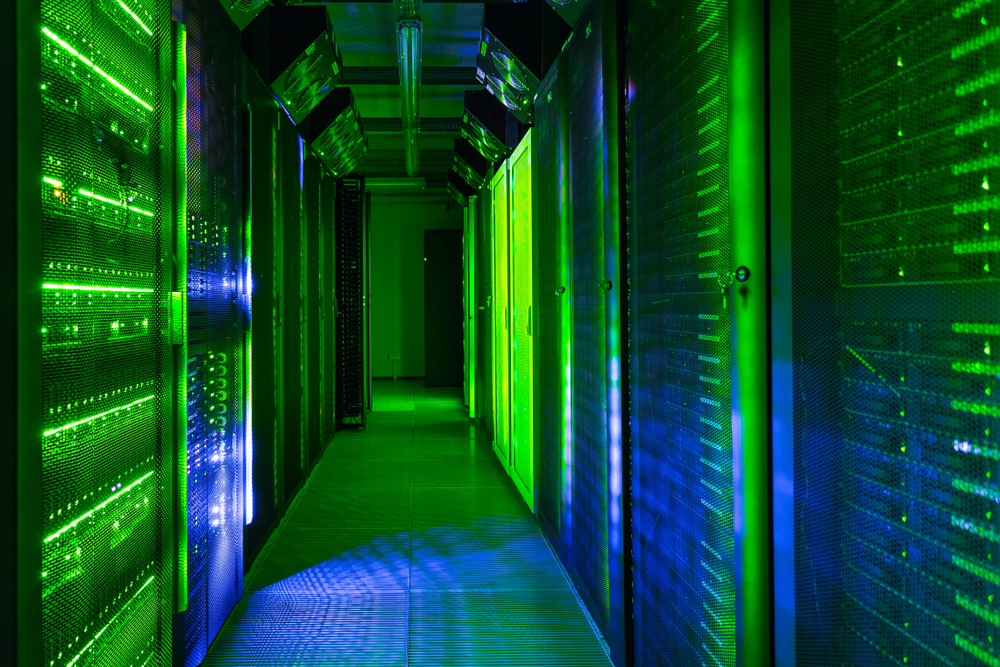Can you share klipit’s vision for the future of digital receipts and its role in shaping the paperless environment?
Everyone recognizes that digital receipts are the future, and this acknowledgement isn’t limited to just businesses. Governments, especially in Nordic countries, have embraced this shift towards a paperless receipt system. Dubai’s government has also made significant strides in reducing paper usage. They’re not only encouraging businesses and users to adopt digital receipts but also striving to enhance their overall experience.
What we’ve realised is that consolidating all receipts into a single platform can help individuals better understand and organise their lifestyles. It allows them to track their spending on various categories like food and fashion. This is where klipit comes into play; it is a customer-centric product designed with the customer’s needs in mind. Our goal is to provide users with a comprehensive experience. We’re starting with the fundamental platform of capturing receipts as an app, but we have many more products in the pipeline.
How does klipit plan to address diverse preferences across genders, age groups, and professions in its strategy for the adoption of digital receipts?
Our target consumer base ranges from 16 to 45 years old. This age group has shown a high level of adaptability to digital platforms. However, we’ve also considered individuals like my mother, who is under 65. She is comfortable using ATMs, WhatsApp calls, and sending files on WhatsApp. We’ve integrated these user-friendly features into our product, striving to make it as seamless as possible for users of all ages.
Additionally, we’ve incorporated value-added features tailored to specific audiences. For example, we’ve identified a group of users who prefer certain receipts to be kept in a private folder for their own reasons. To address this, we’ve created a feature called the ‘private vault.’ When kliping a receipt, users can store a receipt in the private vault by showing a QR code. This expense won’t appear in their expenditure summary or regular receipts and can only be accessed through the private vault, which adds an extra layer of security.
We are committed to continuous learning within our organisation. We will consistently engage in consumer outreach programmes to understand and address the evolving needs of our customers. This approach ensures that we can continually enhance the product to be more useful for everyone.
How does klipit contribute to simplifying users’ lives and reducing the stress associated with traditional paper receipts?
First and foremost is the spending limiter that we’ve created. This feature allows you to set a specific spending limit for a particular category in a given month. As klipit becomes available at most retail stores and wherever you shop, all your transactions will be consolidated on this platform. When you reach 80% of your spending limit, the app will notify you that you’ve reached 80% of the allotted budget. This helps people better organise their finances.
Another useful feature is the ability to tag receipts, especially those collected for reimbursements. You can create custom tags with titles of your choice, such as “business expense,” “travel expense,” or even “birthday expense.” When you receive a receipt, you can tag it accordingly. Later, you can group all tagged receipts and easily email them for reimbursement. These are some of the smaller yet valuable features we’ve developed with consumers in mind to simplify and organise their lives.
In terms of sustainability and eco-friendliness, how does klipit contribute to the government’s initiative for a paperless environment?
Regarding sustainability and eco-friendliness, klipit aligns with the government’s initiative towards a paperless environment. klipit aims to raise awareness about the environmental impact of paper receipts. Many receipts, whether from ATMs or retail stores, are non-recyclable and end up in landfills. By advocating for a complete shift to a paperless receipt system, klipit is contributing to sustainability efforts, encouraging people to adopt eco-friendly practices.
Looking ahead, what does the future hold for klipit?
klipit marks the inception of a comprehensive digital transformation, commencing with the pivotal initiative to eradicate paper receipts and seamlessly transition to a digital paradigm, thereby simplifying individuals’ lives. Looking ahead, klipit envisions the incorporation of value-added benefits, notably extended warranties. The forthcoming features include an intuitive app that informs users about expiring warranties and facilitates effortless extensions with a simple click. Additionally, klipit is set to introduce “True Clip,” a unique window enabling customers to verify the authenticity of various products, spanning cosmetics, medicines, and baby food, ensuring they are genuine and free from counterfeit concerns. Leveraging klipit as the foundation, these enhancements are poised to elevate the overall consumer experience, instilling confidence in the authenticity of their purchases and providing assurance as warranties approach expiration dates.









Discussion about this post